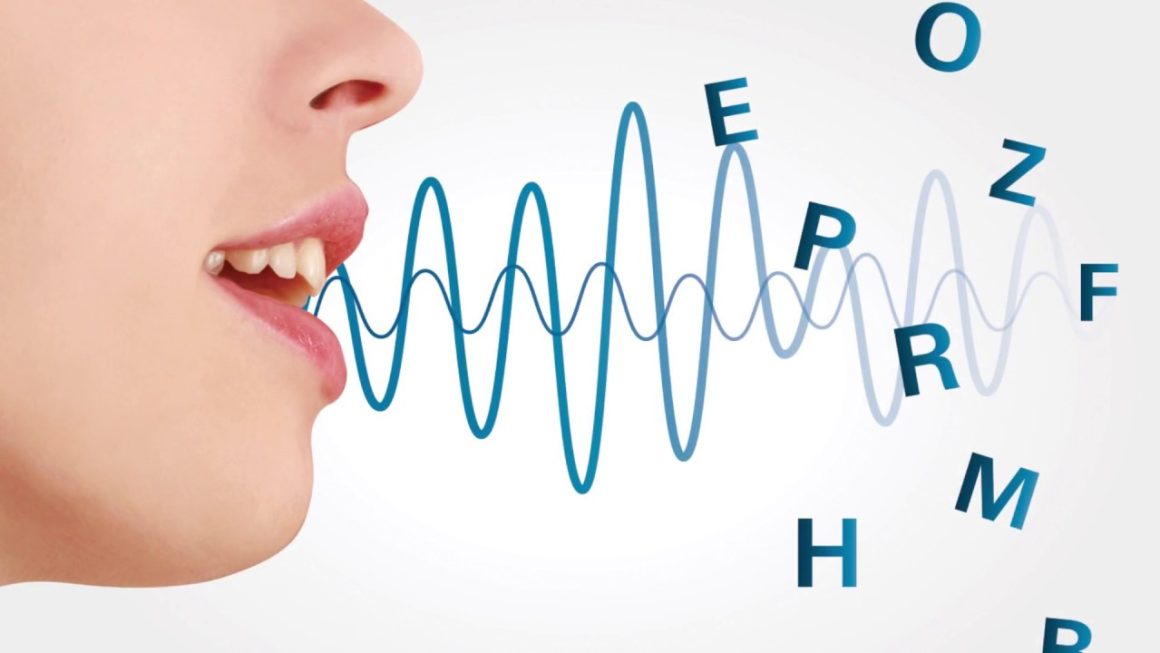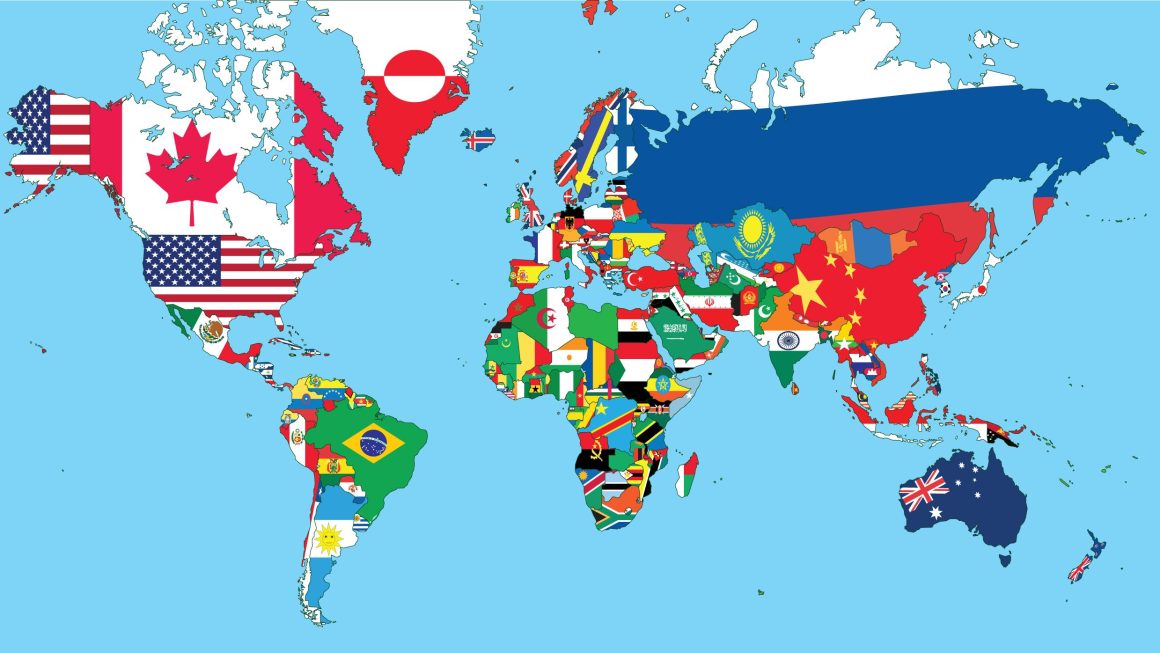Assessing the quality of a translation with https://lingvanex.com/translation/english-to-tagalog is a critical process in ensuring the effectiveness of communication across languages. This involves checking the accuracy, readability, and appropriateness of the translated content. Various methods and approaches can be employed to gauge translation quality, each with its benefits and challenges.
Methods for Evaluating Translation Quality
Human Review: This traditional method involves expert reviewers evaluating the translation for accuracy, style, and cultural appropriateness. While highly reliable, it can be time-consuming and subjective.
Automated Evaluation: Automated tools, such as Translation Memory software, can assess the consistency and accuracy of a translation. These tools can provide quick results but may not adequately evaluate stylistic and cultural nuances.
Back Translation: This involves translating a document back into its original language by a different translator. The back-translated document is then compared with the original to check for discrepancies. While this method can identify mistranslations, it may not detect errors in context or style.
Error Analysis: In this method, the translation with https://lingvanex.com/translation/english-to-spanish is examined for different types of errors, such as lexical, grammatical, or cultural mistakes. Each error is classified and given a severity rating, which can help identify recurrent issues and improve future translations.
Approaches to Quality Assessment
Process-Oriented Approach: This approach focuses on the translator’s process, including their qualifications, use of resources, and adherence to guidelines.
Product-Oriented Approach: This approach focuses on the translation itself, assessing its accuracy, consistency, and appropriateness for the target audience.
Functionalist Approach: This approach evaluates whether the translation achieves its intended purpose, such as persuading, informing, or entertaining the reader.
Evaluating translation quality is a complex task that requires a balance of objective analysis and subjective judgment. Different methods and approaches may be more suitable depending on the nature of the text and the purpose of the translation. Regardless of the method employed, the ultimate goal of quality assessment is to ensure that the translated content effectively communicates the intended message to its target audience.




